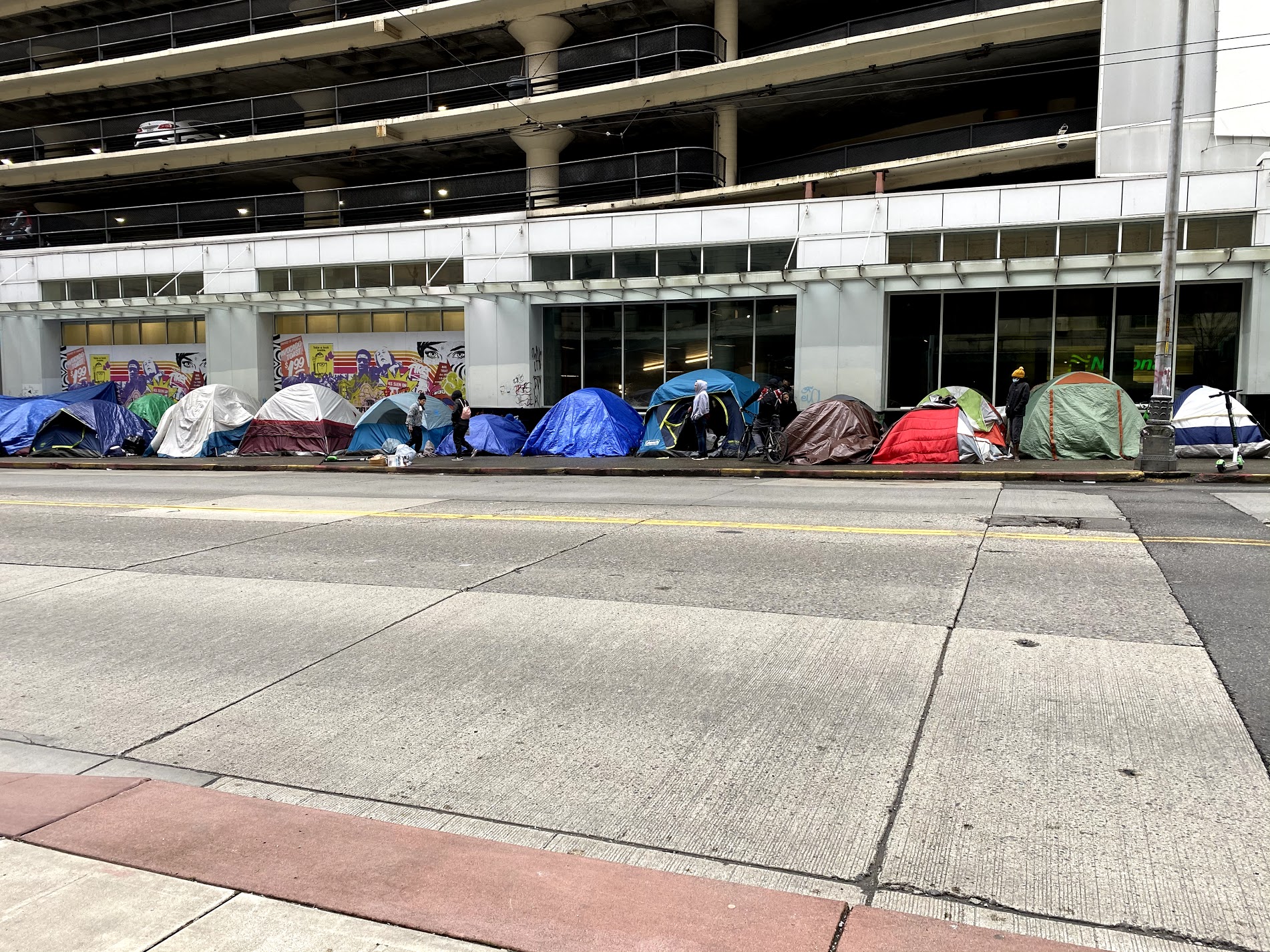A recent study of homeless encampments found that removing tent cities can cost millions of dollars — only to shuffle homeless individuals from one encampment to another.
According to the article The High Cost of Clearing Tent Cities by Kriston Capps, the process of removing tent cities has become increasingly expensive and has turned into a crisis of its own. The study estimates that cities, “paid between $1,672 and $6,208 managing camps per unsheltered person per year in 2019.”
As community leaders and residents grapple with the moral and civil complexities of the issue — “dignity for unhoused people, political pressure from neighbors, concerns for safety and sanitation and stopgap solutions that seem futile against the backdrop of an affordable housing crisis” — it seems that the “go to” process of removal also comes with a high price tag and mixed results.
The study points to three factors that are growing encampments: (1) a lack of affordable housing, (2) no political will to solve the problem, and (3) no shelter options.
Additionally, when cities do their regular sweeps to get rid of the tents, they break their trust with residents, as their only alternatives are shelters that don’t allow couples, shelters that forbid pets, and shelters with sobriety requirements or strict curfews.
The realization now, and one that is starting to shape local policy, is that tent cities may serve as supportive structures for those that occupy them. As most residents have grown up around the neighborhood, they may be best served inside a community that they know and understand. There’s also a call to preserve the community by housing them together once the tents have been cleared. Chicago has piloted this model: “When the city clears an encampment, the entire camp moves into the shelter, which maintains the community (at the expense of sometimes holding the shelter vacant).”
Read The Full Story Here: The High Cost of Clearing Tent Cities. Published on April 12, 2021 by Bloomberg CityLab
